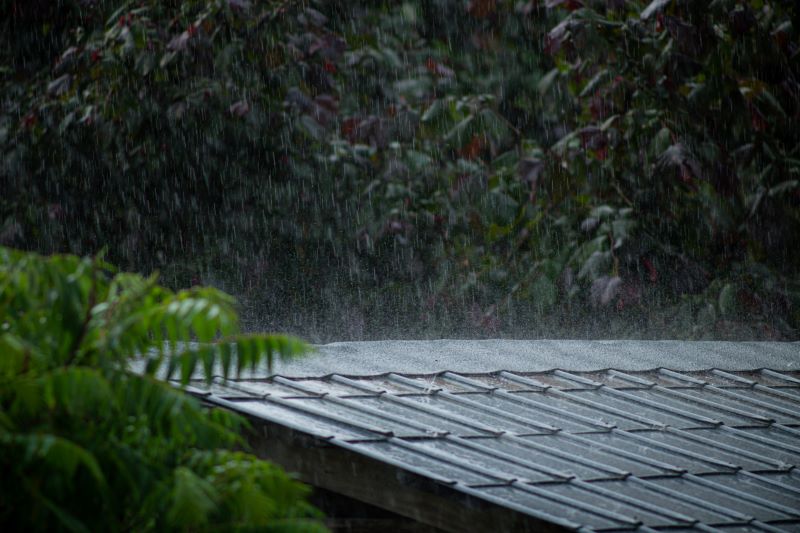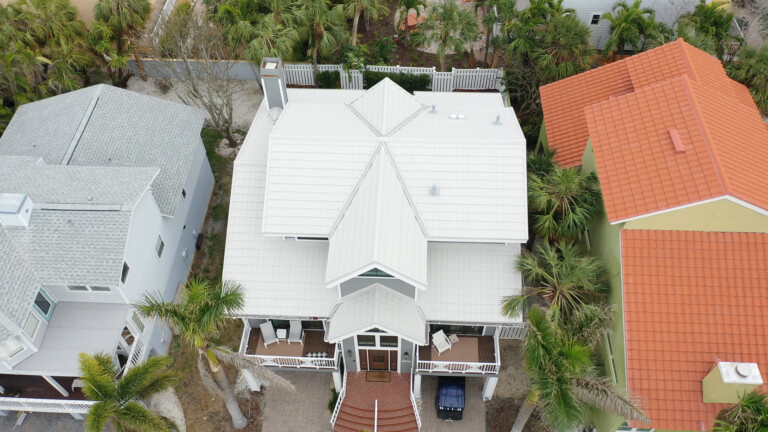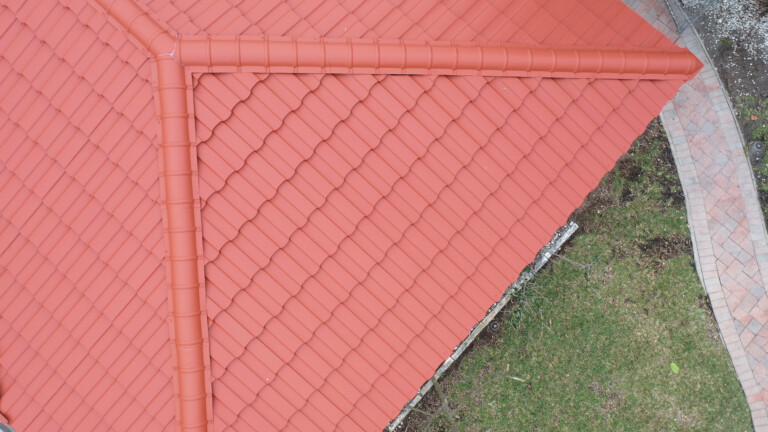Rain Damage to Roofs

Rain Damage to Roofs
Introduction:
Introduction: Roofs are the unsung heroes of our homes, protecting us from the elements day in and day out. However, one natural phenomenon that can significantly impact the integrity of roofs is rain. Rain damage to roofs, when not properly managed or addressed, can cause extensive issues, leading to costly repairs and potential safety hazards. In this blog, we will explore the various ways rain can damage roofs and discuss preventive measures to keep your roof in optimal condition.
- Roof Leakage:
One of the most common issues caused by heavy rain is roof leakage. Over time, rainwater can seep through cracks, gaps, or worn-out shingles, leading to water intrusion into the interior of the building. This can result in damaged ceilings, walls, and even electrical systems. Regular inspections and timely repairs are crucial to identify and fix any potential leaks.
- Moisture Accumulation:
Prolonged exposure to rain can lead to moisture accumulation on the roof’s surface and within its structural components. This moisture can contribute to the growth of mold, mildew, and rot. These issues not only compromise the roof’s structural integrity but can also pose health risks to the occupants. Adequate ventilation and proper insulation are key factors in preventing moisture buildup.
- Roof Shingle Damage:
Rainfall, especially during heavy storms, can cause significant damage to roof shingles. High winds, combined with rain, can loosen, displace, or even remove shingles altogether. This exposes the underlying layers of the roof to further water damage. Regularly inspecting and maintaining the shingles, ensuring they are properly installed, and replacing damaged ones promptly can help prevent more extensive roof problems.
- Gutter and Downspout Issues:
The primary purpose of gutters and downspouts is to channel rainwater away from the roof and the foundation of the house. However, clogged gutters or misaligned downspouts can lead to water overflow, causing rainwater to accumulate on the roof. This standing water can seep into the roof, causing structural damage and contributing to the growth of algae and mold. Regular cleaning and maintenance of gutters and downspouts are essential to ensure proper water drainage.
- Ice Dam Formation:
In regions with cold climates, rain can combine with freezing temperatures to create ice dams. Ice dams form when melted snow or rainwater refreezes at the edge of the roof, preventing proper drainage. The trapped water can seep under the shingles, leading to leaks, water damage, and even the deterioration of the roof deck. Adequate insulation and ventilation in the attic can minimize the formation of ice dams.
Conclusion:
Rain damage to roofs is a serious concern that homeowners should not overlook. Regular roof inspections, timely repairs, and proper maintenance of gutters, downspouts, and shingles are crucial to protect your home from water intrusion and subsequent structural damage. Additionally, ensuring proper ventilation and insulation will help prevent moisture buildup and ice dam formation. By taking proactive measures, you can extend the lifespan of your roof and minimize the risks associated with rain damage. Remember, a well-maintained roof is an investment in the long-term durability and safety of your home.
To learn more about roof repair or replacement after rain damage, contact us today.


